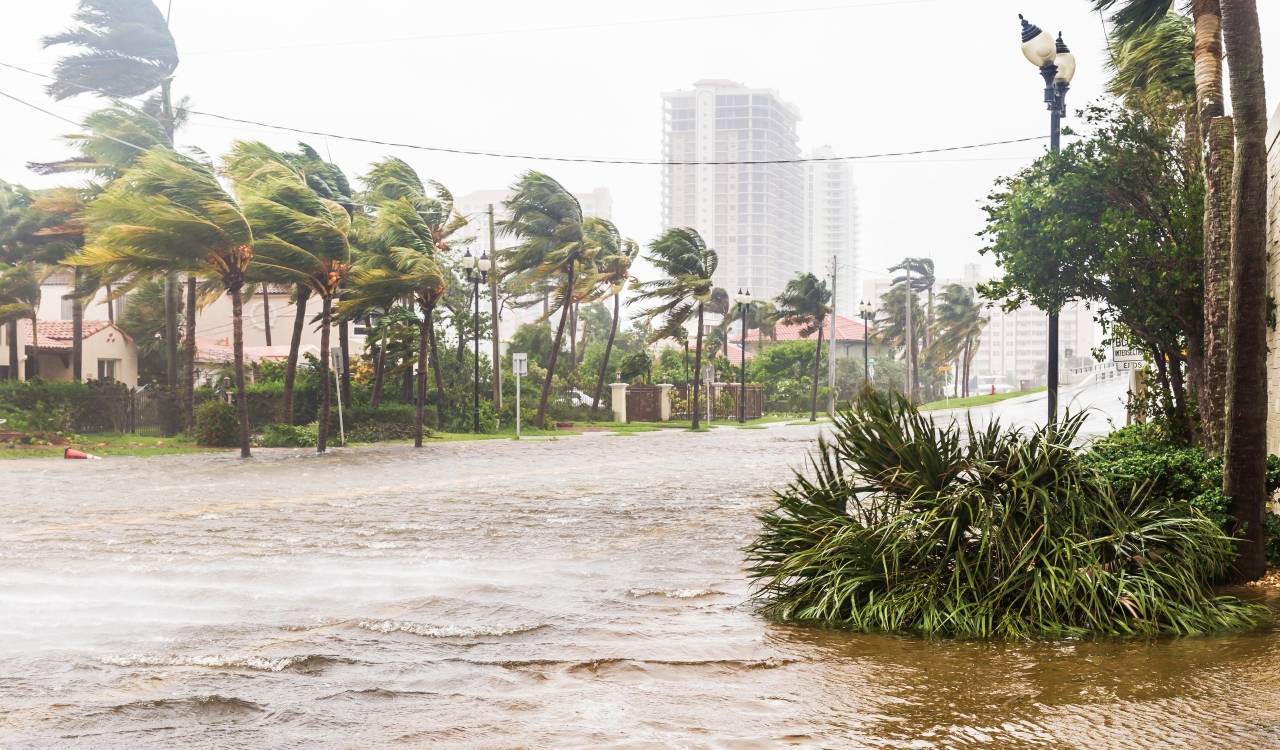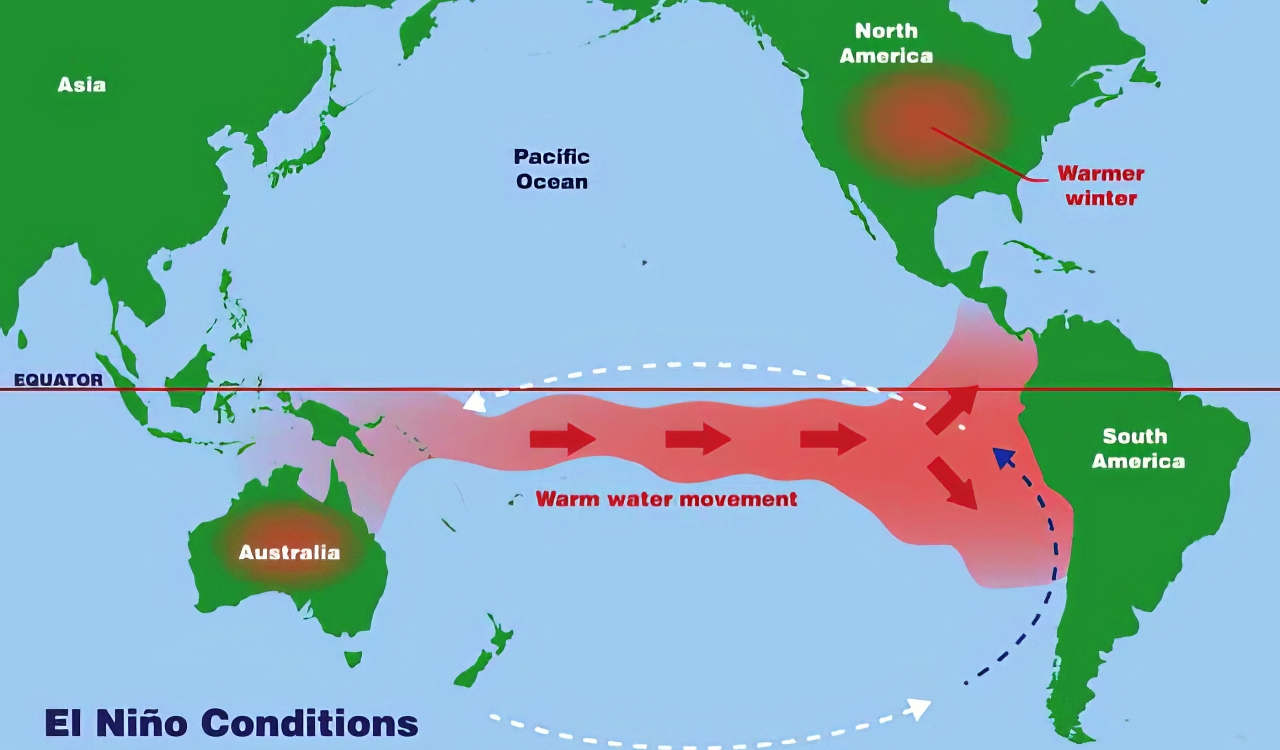For those unaware, we might have just left the big time for tornadoes in the United States. However, we’re just about to hit the peak season for hurricanes in the Atlantic Ocean. While there will be many in the ocean that’ll likely never make landfall, others will certainly hit. We could also see high rates of tropical storms as well. The National Oceanic and Atmospheric Administration (NOAA) claims that things could go mostly normal for this specific hurricane season.
They have predicted a near-normal hurricane season in the Atlantic. However, they have also made it clear that there is a chance things could be worse than the normal season we’re used to. NOAA announced their prediction last Thursday, as NOAA Administrator Rick Spinrad shared their belief. The season begins on June 1st and will last until November 30th. It is one of the few wild weather seasons that can last from the start of one season to the near end of another.
Spinrad wanted to make it clear that even if things go as normal, that doesn’t mean things could not get worse for communities. He said:
“Remember, it only takes one storm to devastate a community. Regardless of the statistics… if one of those named storms is hitting your home, your community, it’s very serious.”
Software Improvements:
To improve forecasts this year, NOAA is going to begin using a new Hurricane Analysis and Forecast System (HAFS) starting in June. This new system is going to improve forecast tracking by 10 to 15% compared to previous tracking. NOAA also introduced a model upgrade to their Probabilistic Storm Surge system in early May, in an effort to improve surge forecasts. FEMA Administrator Deanne Criswell said that the advancements in forecasting make…
“an incredible difference to the emergency management community and how we can make sure that we’re getting the right information to people in a timely manner so they can take the appropriate actions to protect themselves and their families.”
Hurricane season already seems to have gotten started as a super typhoon slammed into Guam, a United States territory, last Wednesday. It had hurricane-force winds and massive rainfall. What else can we expect though?
NOAA’s Overall Prediction

[Image via FotoKina/Shutterstock.com]
This is the current model for what NOAA predicts for this hurricane season, based on those numbers:
- 40% chance of near-normal
- 30% chance of above-normal
- 30% chance of below normal
The administration also forecasted that anywhere between 12 to 17 total storms will occur this year with winds at or higher than 39 mph. Out of these, anywhere between 5 to 9 hurricanes with winds of 74 mph or higher will likely occur. Then, out of the latter numbers, they predicted that there could be between 1 to 4 major hurricanes.
This outlook is a good bit different from the predictions this time last year. The team actually predicted an above-average hurricane season, which resulted in 14 total named storms. This also differs from 2021 numbers when the Atlantic Ocean had 21 named storms take place. Anything near 2021 numbers would throw off travel plans for many, especially to island territories bound to be hit by a hurricane in the Atlantic.
Our Current Outlook

[Image via NOAA]
NOAA claims that the effect of an El Niño could be “offset by favorable conditions local to the tropical Atlantic Basin.” Yet we will have to wait to see what happens here as the season ramps up.
An El Niño could become a massive problem for several areas as they’re known to cause issues in the oceanic ecosystem by water warming up higher than normal. They can also cause more storms to occur which will cause severe flooding in some places.
On top of this, temperatures can be insane. They can cause extremely hot or extremely cold weather, depending on the type we see. This caused problems with crop growth, obviously. Not to mention, it threats overall farm life. Thus, food production is dramatically affected and that, in turn, causes economic issues.
If the Atlantic Basin isn’t favorable, we could see a ton of problems.